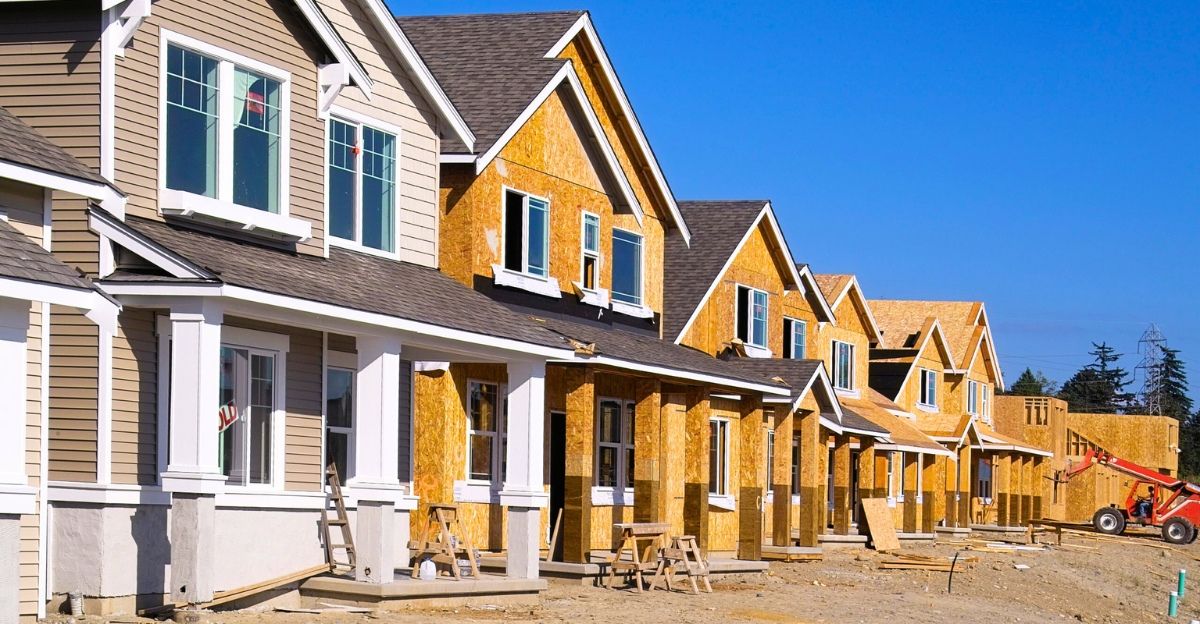
As 2025 unfolds, the U.S. housing market stands at a crossroads marked by recent price stabilization and growing anticipation of a price decline by late 2025. After years of rapid price appreciation, the market faces headwinds from elevated mortgage rates hovering near 7%, increasing inventory levels, and economic uncertainties, including tariffs and fiscal policies.
These factors collectively shape a cautious outlook, with experts predicting modest price growth early in the year but signaling a potential downward trend as supply expands and affordability challenges persist. This complex interplay sets the stage for a nuanced housing market trajectory in 2025.
Current State of the Housing Market in Early 2025

In early 2025, housing prices show signs of modest growth or stabilization across many regions, reflecting the lingering effects of high mortgage rates near 7%. Inventory levels have risen, easing price pressure but remaining below balanced market levels.
This increased supply, coupled with cautious buyer demand due to affordability constraints, has created a more measured market environment than the rapid price surges in previous years. Despite these shifts, the market remains tight in many areas, sustaining a seller’s market dynamic.
Factors Driving the Expected Price Decline

The anticipated price decline by late 2025 is driven primarily by sustained high mortgage rates, which dampen buyer demand by increasing borrowing costs. Concurrently, housing inventory is growing, providing buyers more options and reducing upward price pressure.
Economic uncertainties, including ongoing tariff impacts and budget deficits, further complicate market dynamics by affecting consumer confidence and affordability. These combined factors are expected to slow price appreciation and may lead to modest price declines in select markets by year-end.
Regional Variations and Market Segments

Price trends in 2025 will vary significantly by region and property type. High-demand urban markets with tight inventory, such as Boston, New York, and Washington, D.C., are likely to maintain or even see slight price increases due to persistent demand from higher-income buyers.
Conversely, markets experiencing accelerated inventory growth may face sharper price adjustments. This divergence highlights the importance of local economic conditions and supply-demand balances in shaping housing outcomes across the country.
Historical Context – Comparing Past Market Corrections

The 2025 forecast fits within a broader historical pattern of housing market cycles. Following the pandemic-driven price surge and the brief correction during 2022-2023, the current market correction is part of a longer-term trend toward normalization.
Past cycles show that periods of rapid price growth are often followed by stabilization or modest declines as markets rebalance. Understanding these patterns helps contextualize the current market’s trajectory and tempers expectations of a severe downturn.
Unexpected Intersections – Impact on Related Industries

Housing market trends in 2025 intersect notably with mortgage lending, construction, and consumer spending. Elevated mortgage rates have constrained lending volumes, while increased inventory and slowing new construction reflect cautious builder sentiment.
These dynamics influence financial markets and broader economic activity, as housing remains a key consumer wealth and spending driver. Shifts in homebuilder activity and mortgage lending patterns will thus reverberate beyond real estate, affecting related industries and economic growth.
Contrarian Views and Uncertainties

Some experts offer contrarian perspectives, suggesting that home prices may not fall significantly and could rise modestly in 2025. These views emphasize the unpredictability of “black swan” events, policy shifts, or unexpected economic improvements that could stabilize or boost demand.
Such uncertainties underscore the difficulty in forecasting housing markets precisely and highlight the potential for surprises that could alter the expected downward price trend.
Surprising Case Studies and Extreme Examples

Specific markets defy national trends, illustrating the complexity of the 2025 housing landscape. For example, New York experienced price gains in 2024 despite broader market cooling. Meanwhile, some regions with rapid inventory build-up are witnessing sharper price declines.
These extremes show how localized factors such as employment growth, migration patterns, and housing supply can produce outcomes that diverge markedly from national averages.
Expert Opinions and Statistical Forecasts

Forecasts from Redfin, Moody’s Analytics, and the National Association of Realtors predict a slight price decline or slowed appreciation in 2025. Redfin anticipates a modest 2.6% home value growth early in the year, with a potential price dip later as inventory rises.
Realtor.com projects a 3.7% price increase alongside a 1.5% rise in sales, supported by expected mortgage rate cuts. These expert analyses reflect a cautious optimism tempered by economic and policy uncertainties.
Impact on Americans Today – Affordability and Homeownership Prospects

For American buyers, especially first-timers, the interplay of falling or stabilizing prices and high mortgage rates presents mixed implications. While increased inventory may offer more choices and negotiation leverage, affordability remains a significant hurdle due to elevated borrowing costs and living expenses.
High prices and mortgage rates near 7% limit homeownership accessibility, though potential rate reductions could ease this over time. The evolving market thus shapes household economic decisions, influencing wealth-building and financial stability across the nation.
Discover more trending stories and Follow us to keep inspiration flowing to your feed!

Craving more home and lifestyle inspiration? Hit Follow to keep the creativity flowing, and let us know your thoughts in the comments below!
